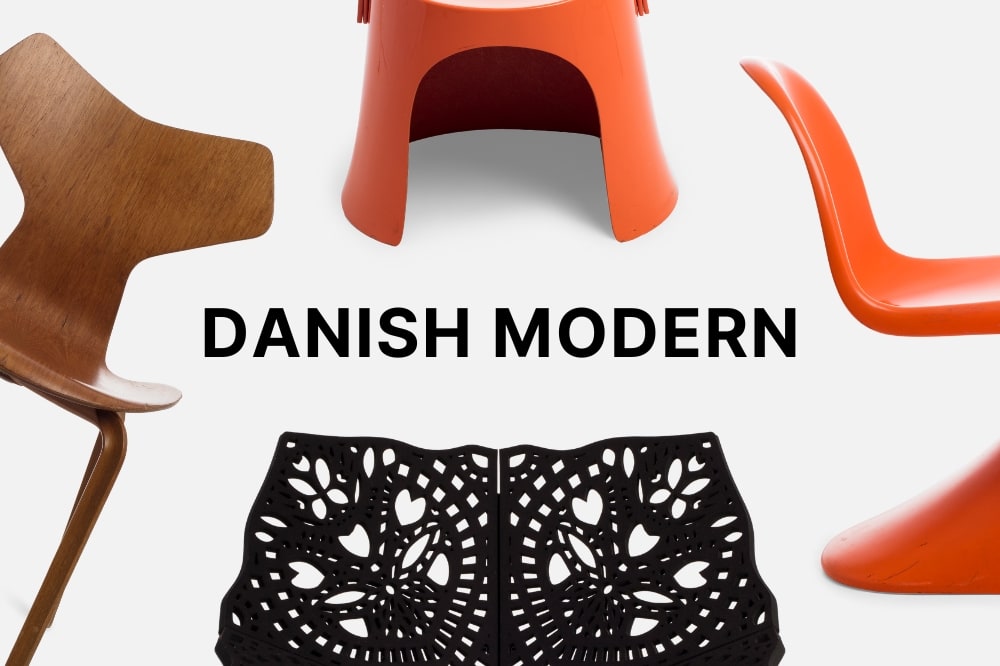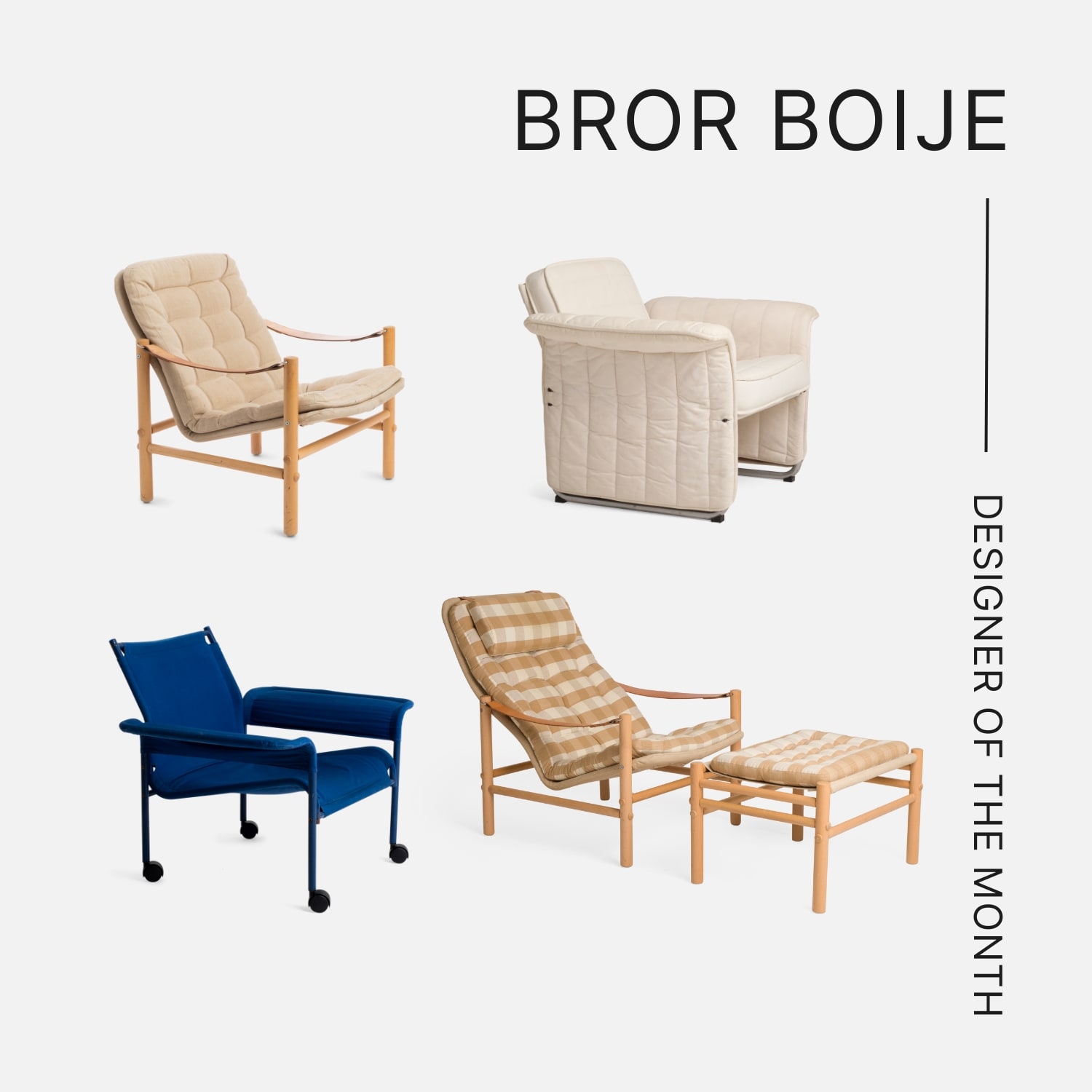
Furniture classics for everyone
Furniture classics for everyone
Danish designers have long been celebrated as the pioneers of Scandinavian furniture, dominating the mid-century modern scene with timeless pieces that still captivate today. Through the lens of Niels Gammelgaard’s career, this article explores how Denmark's design legacy continues to influence global furniture trends, highlighting the enduring appeal of Danish craftsmanship and innovation.
Why are the Danes still considered as the royalties of Scandinavian furniture design?
That's a question I have asked myself several times when guiding visitors in the archive of the Museum of Furniture Studies. There is no doubt Danish architects and designers concurred with the Nordic design scene during the golden era of the 1940s and 50s. A stunning number of classics were launched, most of them still in production, with preserved quality and craftsmanship. Some years ago, a young British reporter from the Financial Times visited me at the museum. When she entered the open archive, she instantly named six Danish designers: Jacobsen, Mogensen, Klint, Koch, Kjærholm, and Wegner. She seemed to know all the big Danes from the past. When asked if she knew of any Swedish designers, she initially looked a bit embarrassed, but then she shined up and said, "Yes, I know of one – Ingvar Kamprad". She had never heard of Carl Malmsten or Bruno Mathsson, but Ikea's founder was known to her. He is apparently regarded as a designer, although he has only designed one piece known to public- the VIP stool, surprisingly not for Ikea, but for Habitat. If you look at the mid-century era and generalize, the Danes were marketing people and extremely good at export sales. In comparison, the Swedish furniture industry was production-orientated and less skilled in international business. This gave the Danish companies an advantage they used with great success.
Last week, I attended a design talk with the Danish designer Niels Gammelgaard at Stockholms Auktionsverk. Gammelgaard has just turned 80, still working and as sharp as ever. He talked about his career, especially his long-lasting design collaboration with Ikea. Gammelgaard trained as an industrial designer, but in 1969, he founded an architectural studio called BOX 25 with four fellow students. Among other assignments, they designed single-family houses, colleges, and factories.
In the early 1970s, Gammelgaard wanted to scale down his work from architecture to industrial objects and furniture for an international market. Aware of his predecessor's reputation in export successes, he aimed high and called the founder of Ikea- Ingvar Kamprad. Gammelgaard had designed some furniture he thought might be interesting, but Kamprad turned him down. "No, I'm not interested, but if you can come up with a chair in steel tube and plastics, I will consider hiring you.", Kamprad said. Ikea needed this type of design for the new generation of customers, and Kamprad realized that Niels Gammelgaard could be a key designer for just that target group. 14 days later, Gammelgaard was back with a chair scale model in steel tubes and cardboard.
This chair was accepted by Kamprad and given the name Folke, possibly with a wink at Børge Mogensen and his J39 Folkestolen from 1947. Gammelgaard accompanied the Ikea purchasers to the factory in northern Italy and was speechless when they ordered 125 000 chairs for the first year.
"This was my first chair for Ikea. Being an industrial designer, I didn't know much about furniture, but I was fascinated by industry and very interested in ergonomics," Gammelgaard says. "At that time, I fitted perfectly into Ingvar's plans, as Ikea's major expansion had just started, and we had to think in industrial terms."
Two years later, in 1977, Gammelgaard designed the folding chair Ted, and in the coming years, Ikea sold over 20 million chairs of Niels Gammelgaard's design. "I greatly enjoyed the following years and created one product after another. Ikea and I had found a niche, and I had found a client with muscles," Gammelgaard states. He was fascinated by creating usable, innovative products in metal, glass, and other durable materials.
In the 1980s, shifting towards Postmodern and high-tech international trends, Niels Gammelgaard designed the Järpen and Moment series of chairs, sofas, and tables. Today, they are regarded as highlights of the decade and sought after on the vintage market.
"Now 50 years later, I experience with joy that many of my designs attract the next generation. Since they are made of durable materials and still exist, they are in use and loved all over the world", Gammelgaard ended his talk.
An overview of Niels Gammelgaard ́s furniture works would only be complete by mentioning the designs he and Lars Mathiesen, his partner at Pelikan Studio, made for Danish companies such as Fritz Hansen and Bent Krogh. These were products for the contract market, in a price range different from Ikea's, and used in large numbers for public interiors internationally.
In 2023, Niels Gammelgaard was awarded the Thorvald Bindesbøll Medal by the Royal Academy of Fine Arts for excellence in the fields of applied art and industrial design. In his acceptance speech, Niels quoted Ingvar Kamprad and the challenge he gave the young designer back in 1975.
" You, with your fine exquisite education from the Royal Danish Academy of Fine Arts, must now do a little good for the many people!"
Information:
Read more about Niels Gammelgaard here.
Article written by Lars Bülow








































































